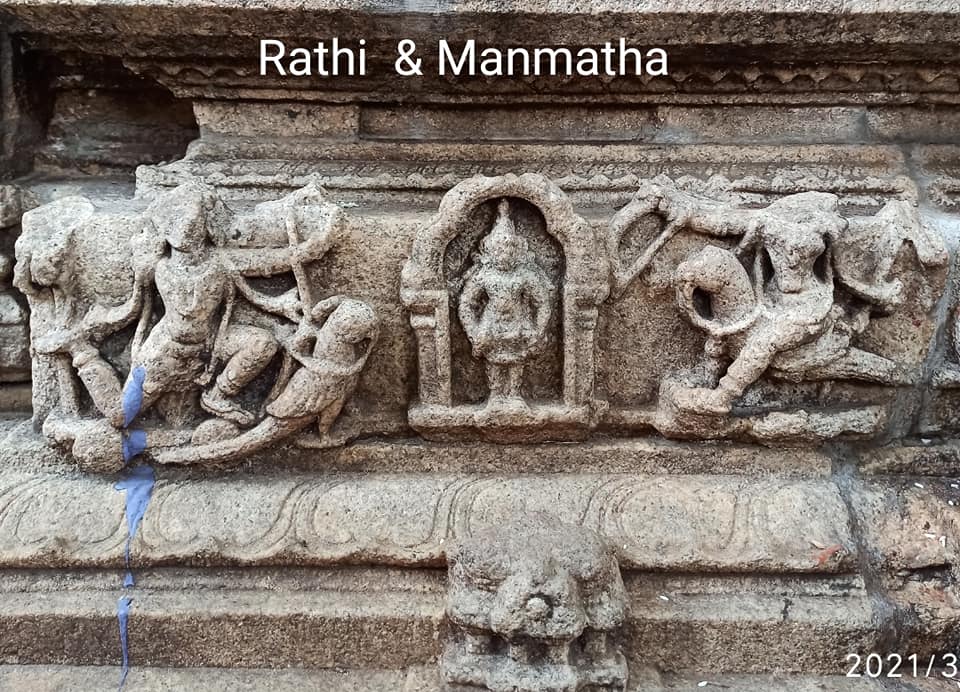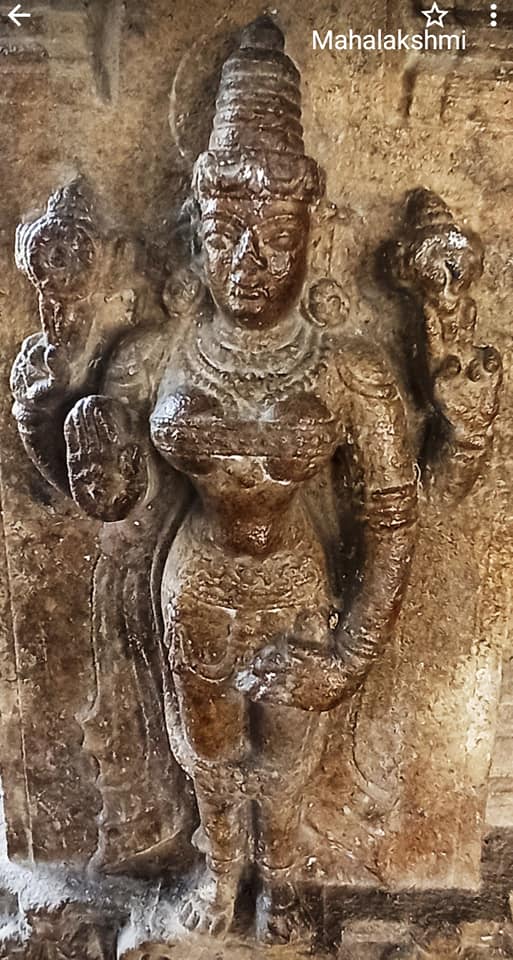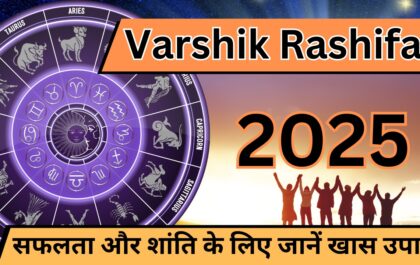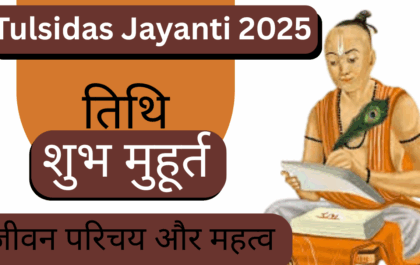

Related posts
Subscribe for newsletter
* You will receive the latest news and updates on your favorite celebrities!
Varshik Rashifal 2025: सफलता और शांति के लिए जानें खास उपाय
Varshik Rashifal 2025 ज्योतिष शास्त्र के आधार पर आने वाले वर्ष के लिए सभी राशियों का विश्लेषण करता है। हर…
सरकारी नौकरी का ग्रहों से संबंध तथा पाने का उपाय
सरकारी नौकरी पाने की कोशिश हर कोई करता है, हलांकि सरकारी नौकरी किसी किसी के नसीब में होती है। अगर…
जानिए कैसे ग्रह आपकी समस्याओं से जुड़े हैं
जीवन में छोटी-मोटी परेशानियां हों तो यह सामान्य बात है, लेकिन लगातार परेशानियां बनी रहें या छोटी-छोटी समस्याएं भी बड़ा…
Vish yog का जीवन पर प्रभावVish yog का जीवन पर प्रभाव
वैदिक ज्योतिष के अनुसार कुंडली में Vish yog और दोष व्यक्ति के जीवन पर सीधा प्रभाव डालते हैं, यदि किसी…
Tulsidas Jayanti 2025: तिथि, शुभ मुहूर्त, जीवन परिचय और महत्व
लसीदास जयंती 2025 कब है? (Tulsidas Jayanti 2025) तुलसीदास जयंती(Tulsidas Jayanti 2025) हर वर्ष श्रावण मास के शुक्ल पक्ष की…
Guru Purnima 2025 Date: शुभ मुहूर्त, पूजा विधि और खास महत्व
Guru Purnima 2025 हिन्दू धर्म का एक अत्यंत महत्वपूर्ण और श्रद्धा से जुड़ा पर्व है, जो गुरु और शिष्य के…
Hariyali Teej 2025: शुभ मुहूर्त, तिथि, महत्त्व व पूजा की संपूर्ण जानकारी
भारतवर्ष में सावन के महीने का विशेष महत्त्व होता है और इसी माह में मनाया जाने वाला पर्व Hariyali Teej…
Jagannath Puri rath yatra 2025: तिथि, इतिहास, महत्व
पुरी की जगन्नाथ रथ यात्रा (Jagannath Puri rath yatra) भारत के सबसे प्रमुख और भव्य धार्मिक उत्सवों में से एक है।…









